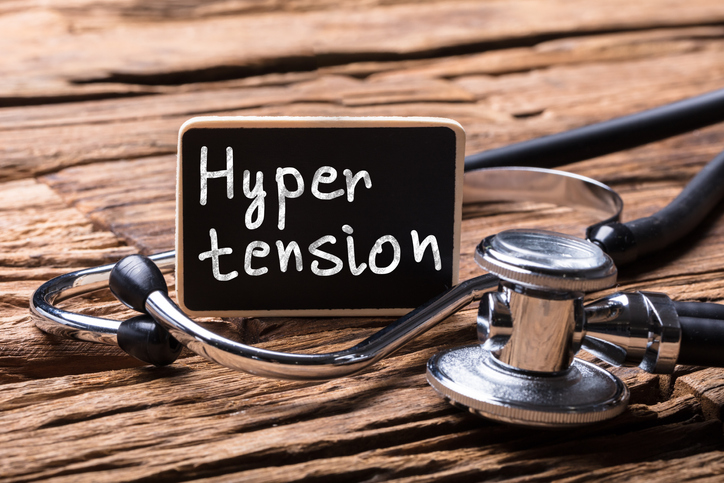


Sugar 101: Starch, insulin resistance and diabetes.
Long before we express the symptoms of type 2 diabetes (DM2) there are often years of poor metabolic health. This can be asymptomatic and we may unwittingly consider ourselves to be healthy. Only 12% of the US population is normal from a metabolic perspective. Most people are sick. Sugar and carbohydrates that make up a lot of the processed foods we eat cause our blood sugar to oscillate. The peaks stimulate a panic as the body wants to keep blood sugar in a narrow healthy range. Insulin is produced by the pancreas, this encourages the sugar into the cells and out of the blood stream. Once the cells are swamped with sugar they are increasingly reluctant to take on any more. They start to resist the action of insulin. As a result the body responds by producing even more insulin to over come the resistance. This becomes a vicious cycle of increasing insulin resistance on the part of the tissues and excessive insulin from the pancreas. The body can also overshoot with insulin leading to low blood sugar (hypoglycemia). This makes us feel ‘hangry’ as stress hormones such as cortisol and adrenaline are released in a desperate bid for the blood sugar to be raised. These hormones can make us feel panicky and anxious which is why I remove foods that destabilise blood sugar from my anxious patients. Over time if we continue to eat more sugar than the body can cope with insulin becomes ineffective and blood sugar starts to rise. Once our HbA1c is >6.4% our doctor diagnoses DM2. (HbA1c is a protein that picks up how much sugar has been in the blood over the last three months). The solution to the problem; lifelong medication. Once we become insulin resistant we can no longer respond well to carbohydrates across the board. Now even starches are a problem. Glucose is a monosaccharide that can form long strings of itself. These are commonly referred to as starch. So be it rice, grains, potatoes or pasta you are basically eating sugar. A 150 gram bowl of rice is equivalent to eating over 10 teaspoons of sugar. Fancy a chunky sandwich? That’ll be 12 teaspoons of sugar. It is not just the foods that taste sweet that are a problem but the foods that become sugar when broken down by our digestion. There are other contributors to insulin resistance apart from sugar and starch such as vit D deficiency. I will explore these other factors in future posts.